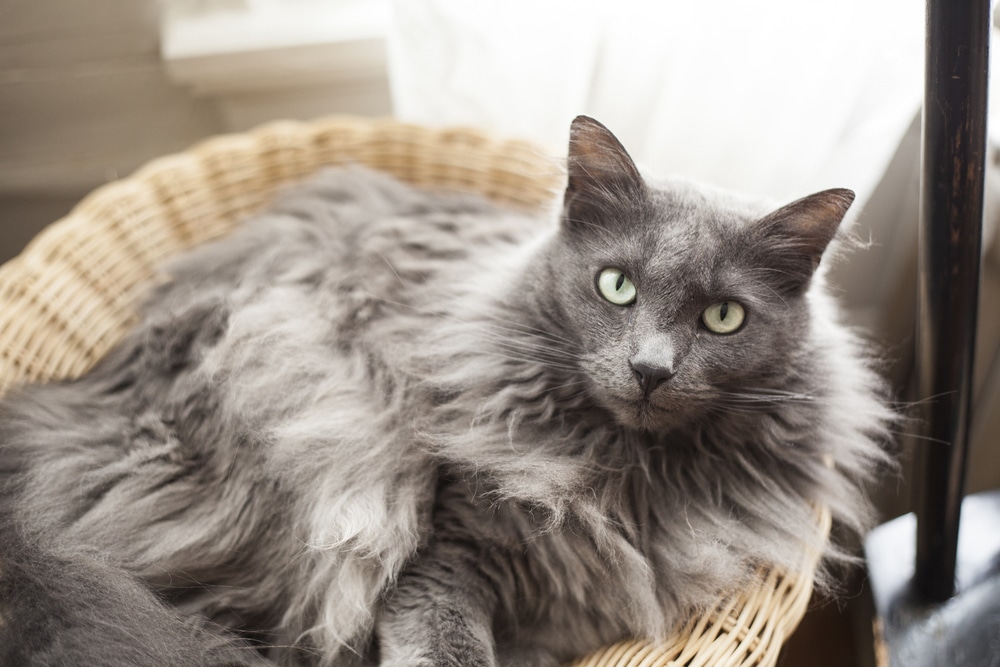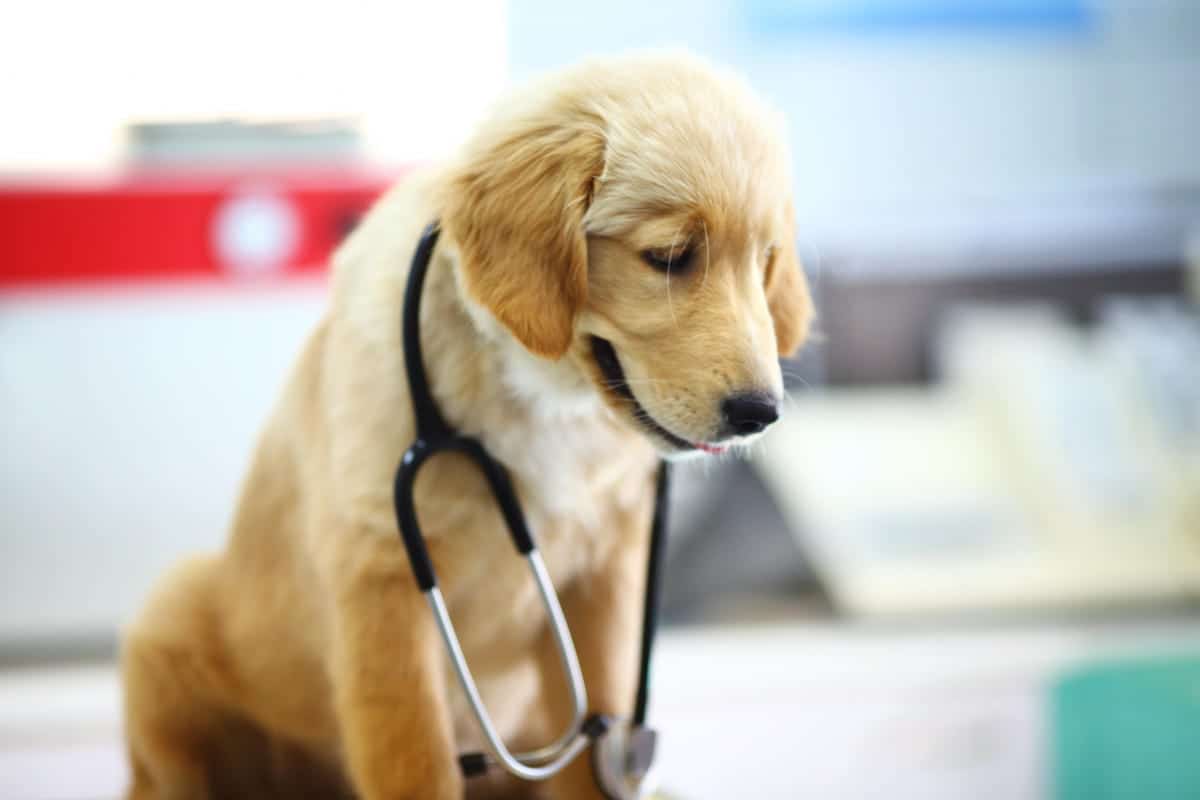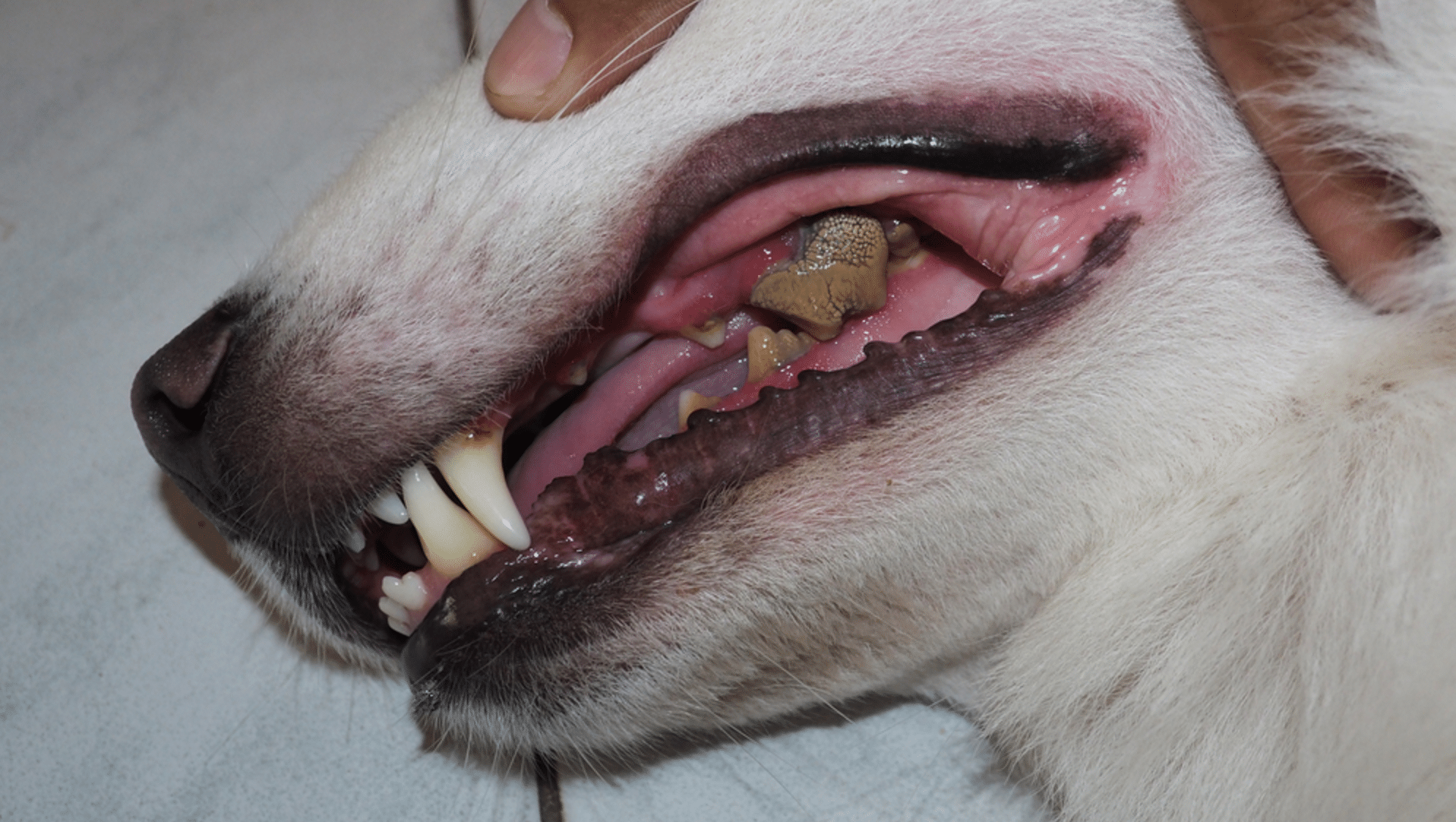One of the characteristics of human is ageing. This is also the same for other animals. As the body ages, some changes are expected to occur. Changes may vary according to the species of animal.
For instance, in dogs, changes in the heart are common; while for cats, changes in the kidneys are predominant. We can help our pets adapt to all these changes in a lot of ways.
For one, diagnosing the problem early, the appropriate use of medications and supplements, and modifying the environment and how we interact with these older pets would prove helpful. Some of the changes to be expected in older cats include;
1. Changes in skin and hair coat
As with humans, some older cats may start to show grey hair. This will be more visible in black cats. The hair coat may also become duller and thinner. This can also be a sign of nutritional deficiency or disease. You can use fatty acid supplements to restore some of the quality of the hair coat.
The cat becomes prone to injuries as it the skin becomes thinner. Injuries in older cats will take more time to heal. Aside from fatty acid supplements, brushing will help to stimulate the sebaceous gland and spread the oils naturally through the coat.
2. Mobility decreases and arthritis sets in
Arthritis will occur more in older cats who have had joint injuries earlier in their life. This can either cause stiffness or be very bad. Cats may have difficulty going up and down the stairs, and also indulging in favourite activities.
Discuss with your veterinarian on the medications that will be beneficial to healthy joints. Cats are sensitive to anti-inflammatory medicines like aspirin. Do not give them those, unless prescribed by your veterinarian.
As cats get older also, they tend to lose their muscle tone and mass. This will make it uncomfortable for them to move, reducing their mobility. Exercise is critical at this stage. You can do a little exercise that one exert their energy.
For cats with very low mobility, let their litter and food box be close to the part of the house they stay often.
3. Nutritional needs changes
As cats age, their energy stays basically the same throughout their adulthood, unlike dogs. For dogs, their metabolism changes and their need for calories decreases. In the middle stage of their lives, cats tend to become obese.
Some of this fat is lost as they get older. Studies have also shown that older cats find it difficult to digest, and then retain fats like younger cats. You will need to adjust their diet for your cat according to his weight and body condition.
4. Dental disease
Research has proven that about 70% of older cats have gum disease. This is one of the significant changes you can see in older cats. Brushing and a good dental care routine should be included to keep the condition to a minimum.
A dental care program should consist of professional cleaning, regulation dental check-ups and tooth brushing.
5. They are prone to Constipation
As cats grow older, they become prone to constipation. This is because of the movement of food through their digestive slows. Cats with arthritis and anal gland disease may even experience pain while defecating.
Constipation can also be caused by older cats who do not drink enough of water. Your veterinarian will determine if your cat needs medication, or you just need to moist bulky foods.
6. Activity level and behaviour changes
Due to the normal ageing process, older cats may show a reduced activity level. This can also be the first sign of senility or arthritis. To be able to differentiate from both, regular examination of your cat by your veterinarian, and looking out for other symptoms of the diseases will be helpful.
They also find it difficult to manage stress. They may begin to act irritated, and develop noise phobia among others. Getting a new pet or kitten at this stage, would not be the best idea. You should only get a younger kitten when the older one is still mobile and can get away from it.
7. Reduced hearing or loss
As cats age, they may begin to have reduced hearing. Sometimes, it is difficult to determine hearing loss but it is has become very serious. The first sign to this may be aggression as a result of not hearing you walk up.
Although little can be done about this, but medication and changes in the way you interact with your cat can help. You may use lights to get their attention or vibration like the clapping of your hands.
8. Loss of vision
Cats may begin to lose their sight as they age. You may start to notice, that you cats find it difficult to find her food dish or bumps into furniture. The next thing you want to do is to see your veterinarian promptly.
9. There could also be changes in mammary glands, glandular functions; decreases in kidney, liver, lungs and heart function.
I hope you found the article useful? Have you found any changes in your cat that you didn’t notice till now? Feel free to share your thoughts with us in the comments.







